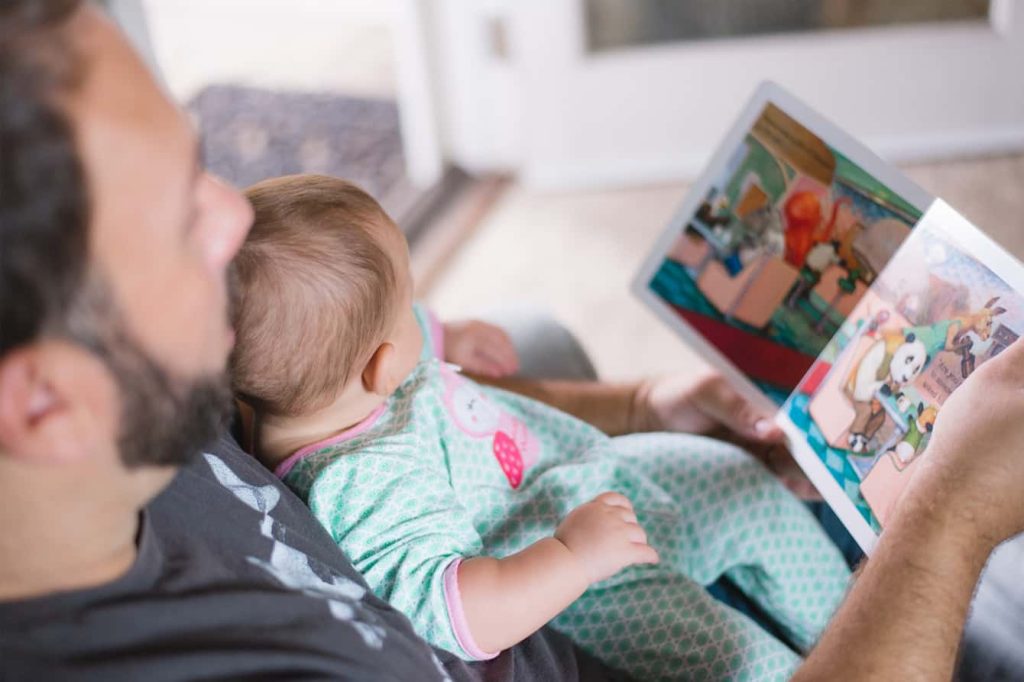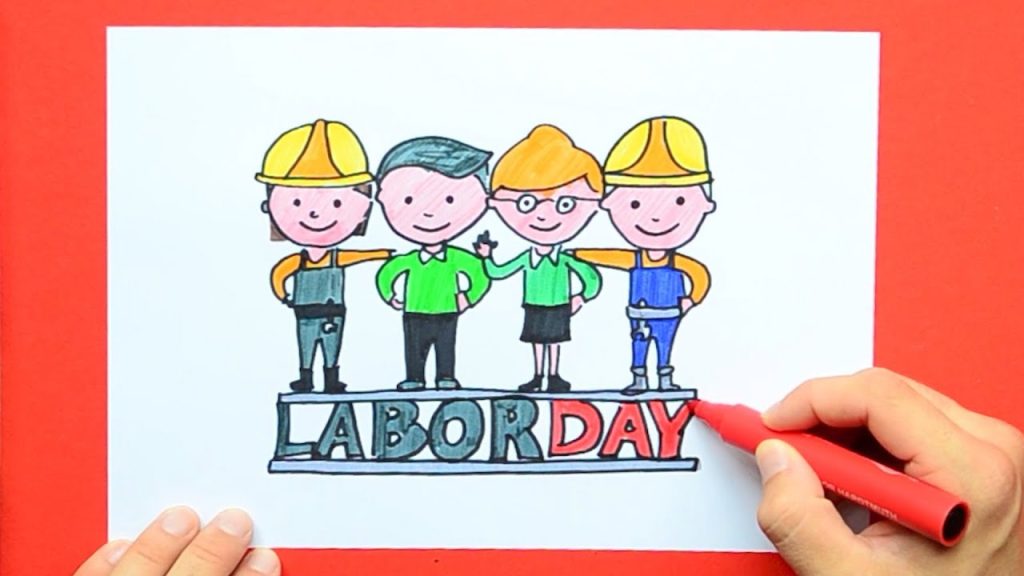Mother’s Day is a special occasion to show our love and appreciation for the amazing women in our lives who nurture and care for us. It’s the perfect time for kids to express their gratitude and participate in various activities to make their mom feel extra special. This Mother’s Day, why not create a floral-themed celebration for your mom? Here are 15 engaging activities that kids can do on this special day.
1. Homemade Floral Cards: Encourage your child’s creativity by making a floral card using construction paper, watercolors, markers, or crayons. Kids can draw flowers or use flower-shaped stencils and add a loving note.
2. Flower Pot Decorating: Purchase plain terra-cotta pots and let the kids paint or decorate them with floral patterns. Once dry, fill with soil and plant mom’s favorite flowers.
3. Floral Photoshoot: Set up a mini photography studio complete with floral backdrops, flower crowns, and props. Take candid photos of mom with her children for a memorable keepsake.
4. DIY Perfume Making: Research natural ingredients that can be used in perfumes, such as lavender and rose petals. Guide kids in making a custom scent specifically for their mom.
5. Flower Arranging Workshop: Collect fresh flowers from your local market or your garden, then teach kids how to properly arrange them in vases for an elegant centerpiece or bouquet.
6. Mother’s Day Brunch: Create a floral-inspired menu for a brunch featuring dishes like lavender lemonade, rose petal jam toast, and edible flower salads.
7. Flower Relay Race: Organize a relay race with a floral twist—participants must pass along stems of flowers to one another instead of traditional batons.
8. Floral Collages: Begin by having kids search through magazines and cut out images of colorful flowers. Later, encourage them to create a unique collage that showcases the myriad beauty of floral designs.
9. Paper Flower Bouquets: Teach kids how to make paper flowers from colorful tissue or crepe paper and arrange them in a bouquet for mom.
10. Flower Pressing: Go on a nature walk and collect delicate flowers. Then, help kids press the flowers between the pages of heavy books until they are preserved.
11. Musical Chairs With Flower Crowns: Enjoy a fun game of musical chairs, but instead of sitting on chairs, have the kids place flower crowns on the ground to claim their spot!
12. Mother’s Day Theatre: Have kids put together a small skit or play about the importance and joy of motherhood while incorporating flower props.
13. Seed Bomb Making: Make eco-friendly seed bombs using flower seeds, soil, and clay that can be planted in gardens or shared with friends.
14. Storytime: Gather children around and read stories featuring flowers and gardens, such as “The Secret Garden,” “Miss Rumphius,” and “Chrysanthemum.”
15. Window Display Decorating: Encourage kids to draw or paint their favorite flower designs on home windows with washable markers or paints for mom to enjoy.
With these 15 engaging activities, you will not only brighten your mom’s day but also teach children valuable skills like creativity, teamwork, communication, and love for nature. Let this Mother’s Day become an unforgettable floral affair!










